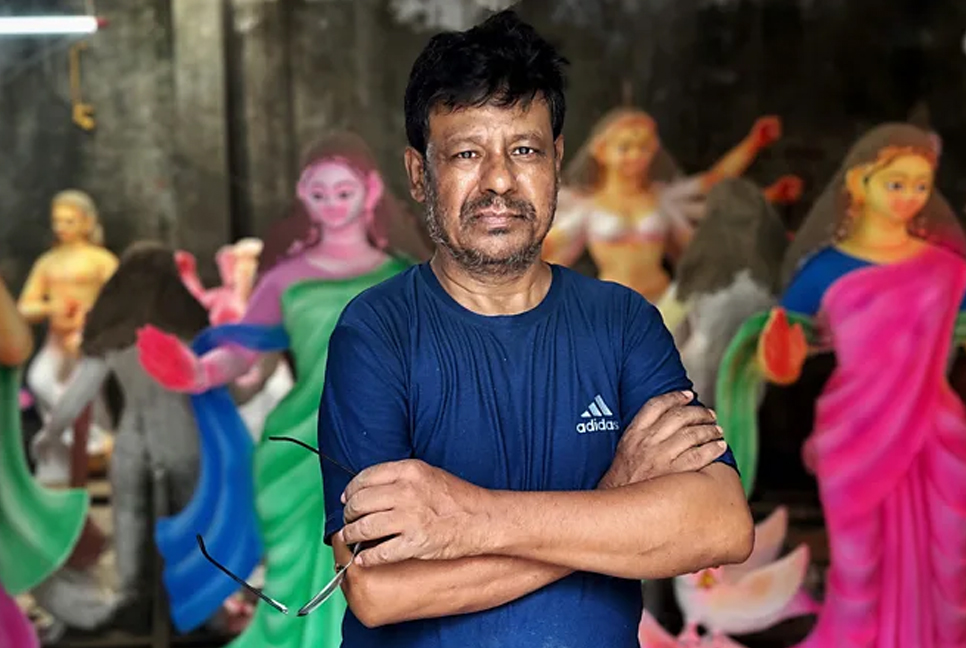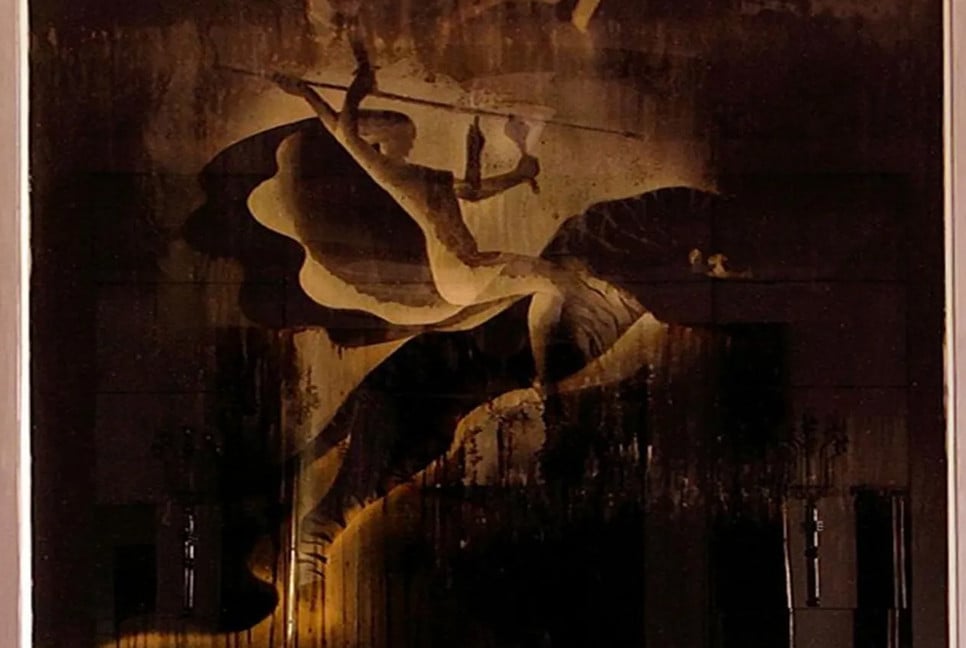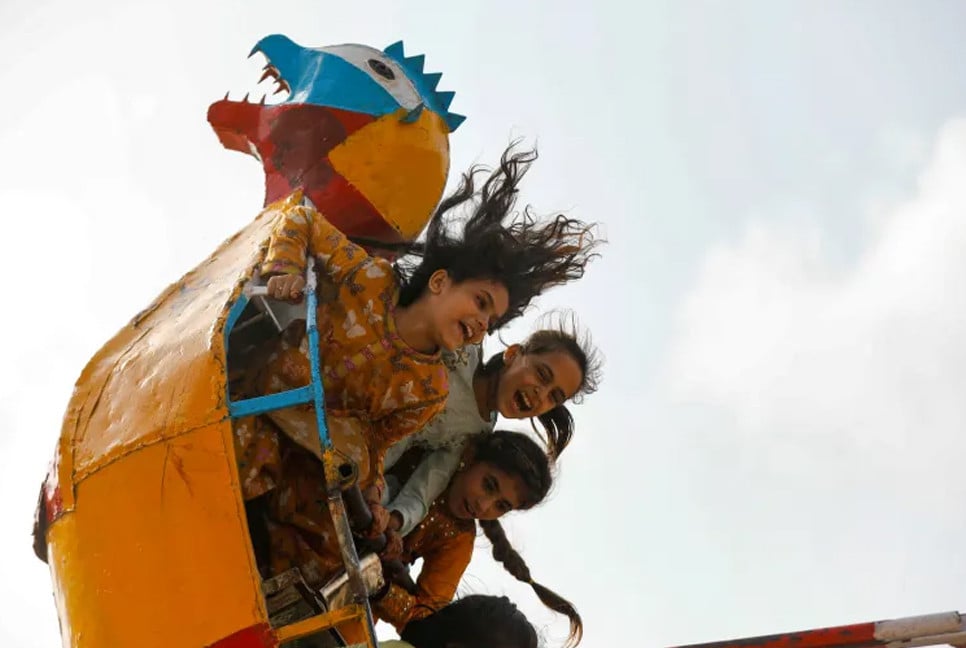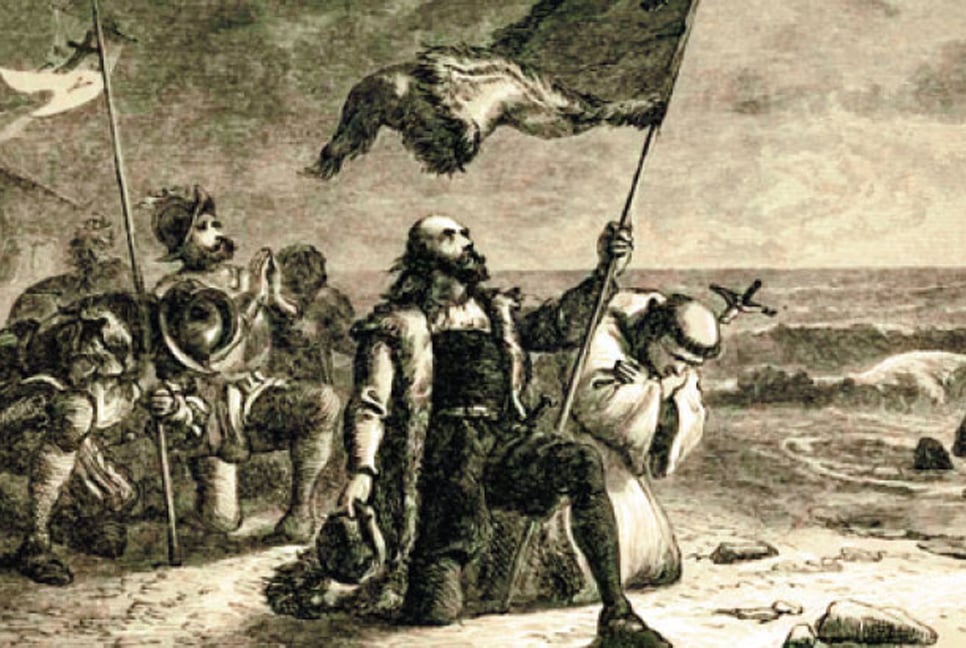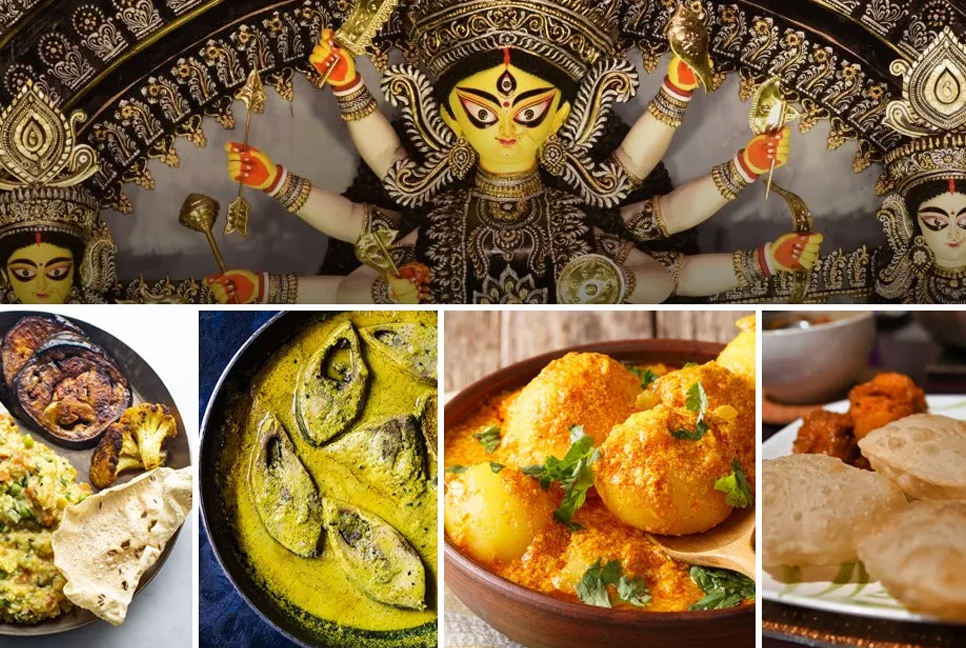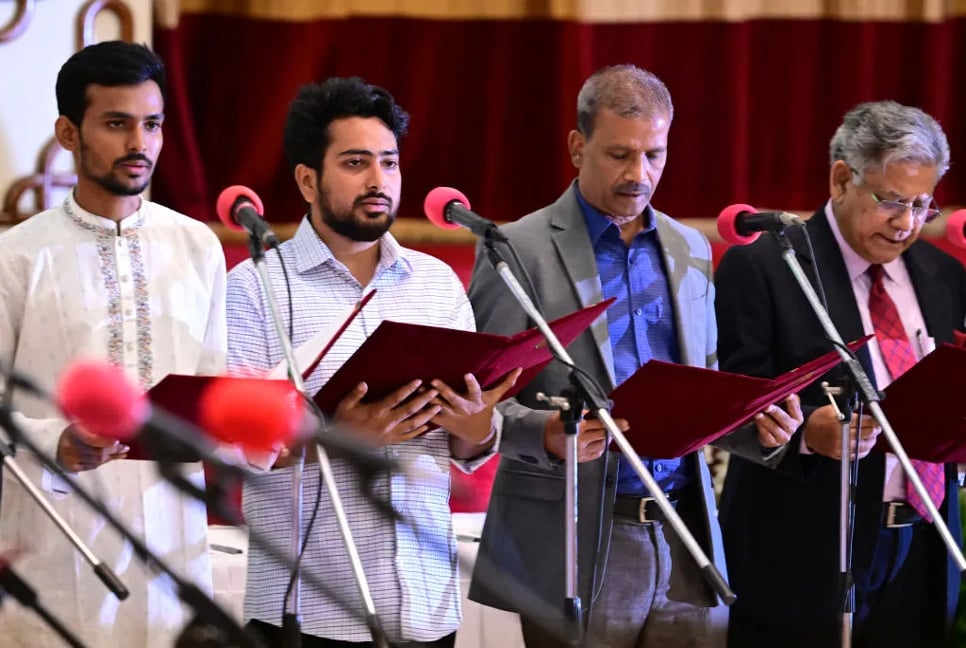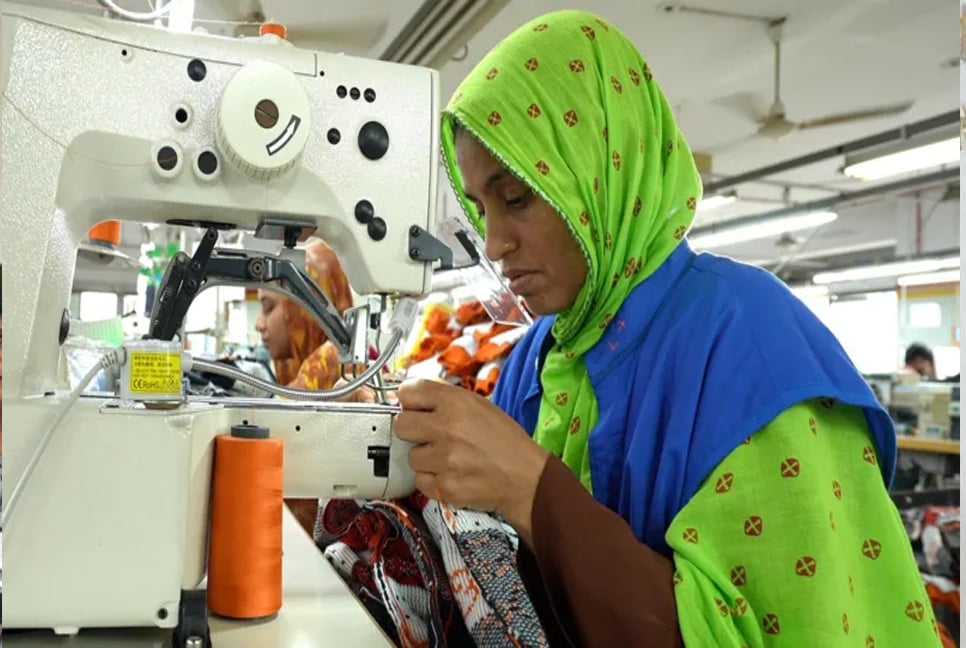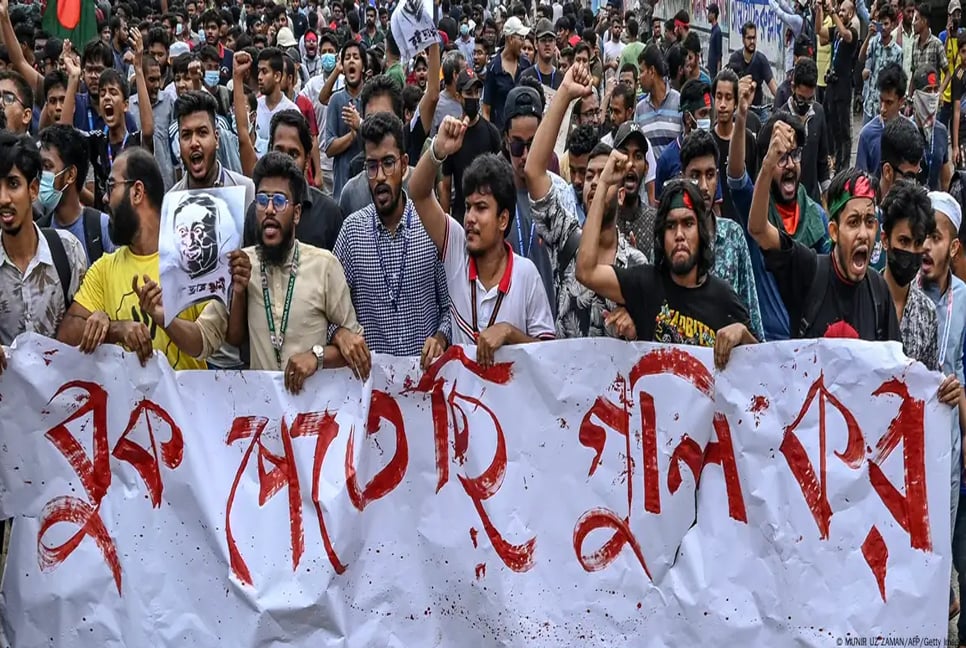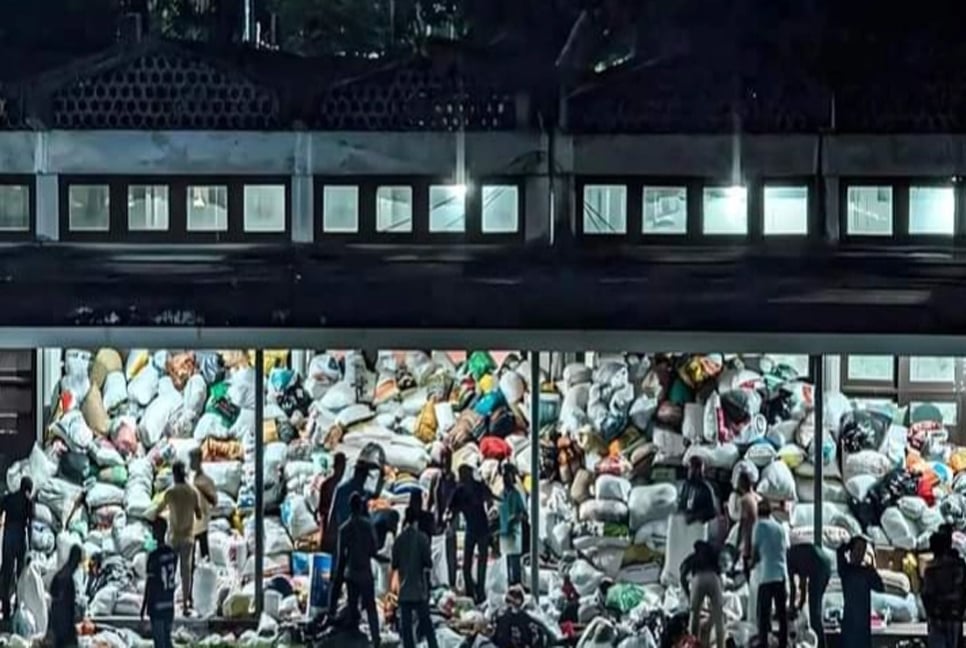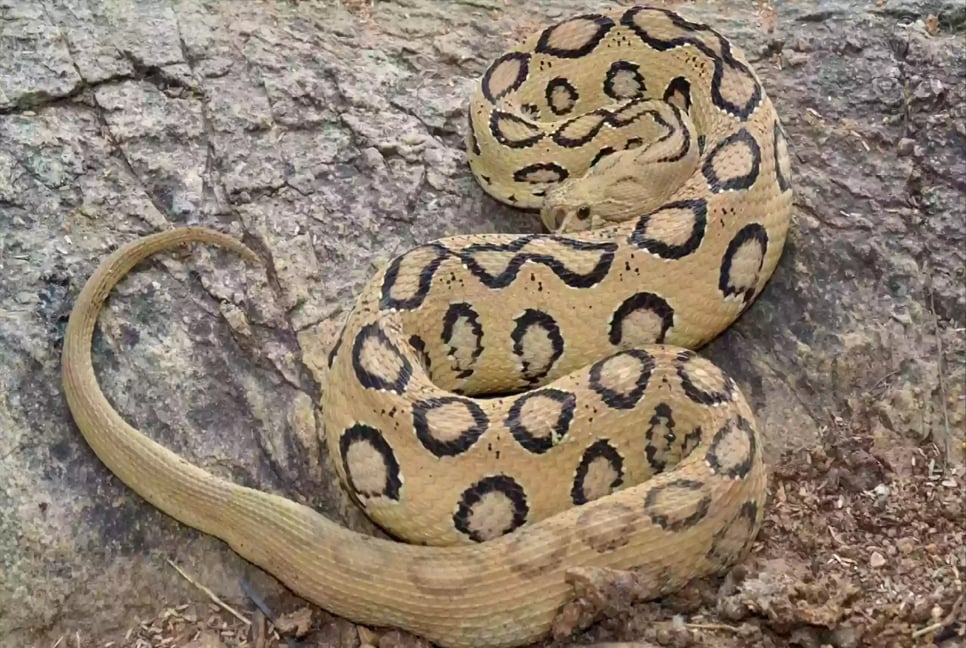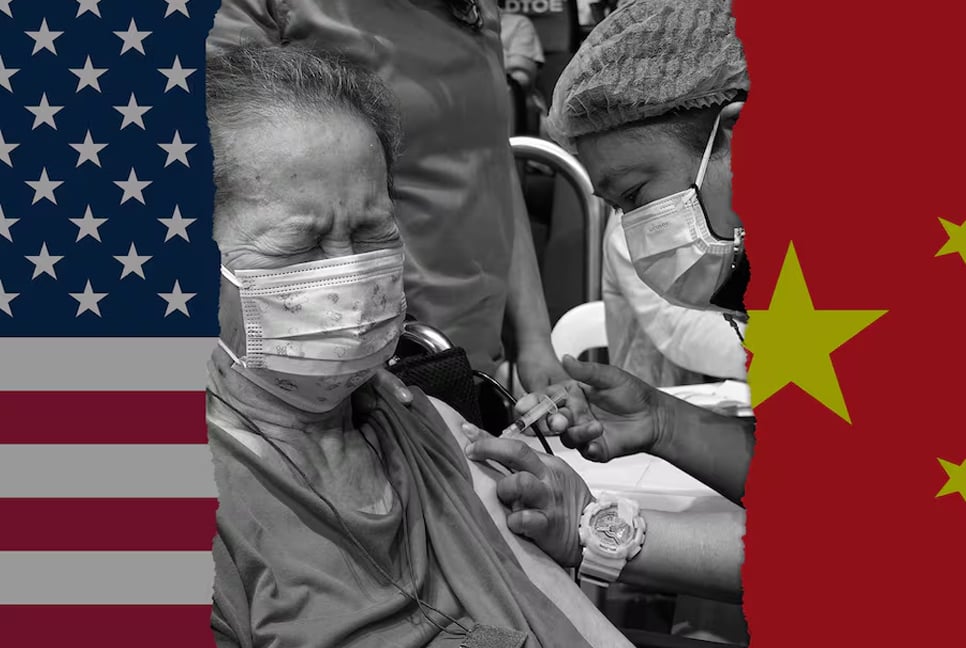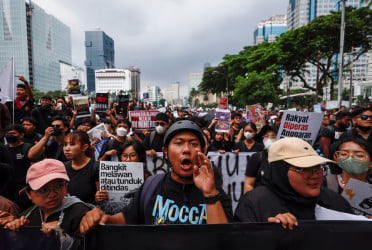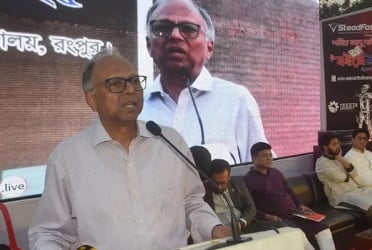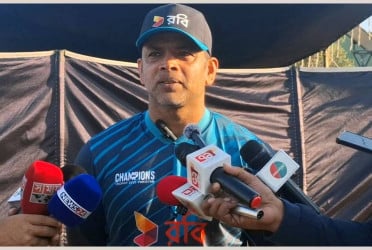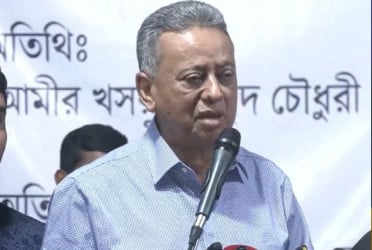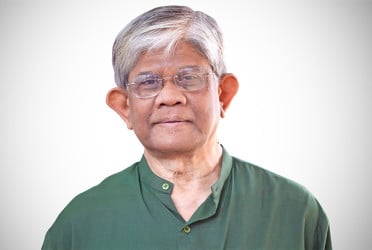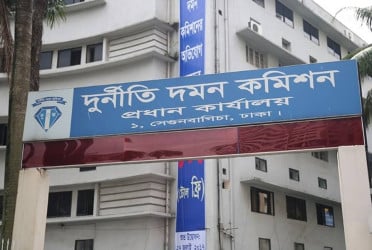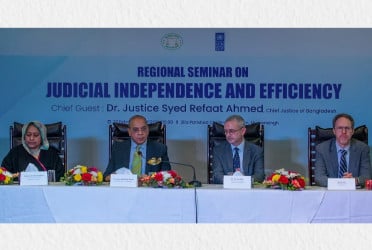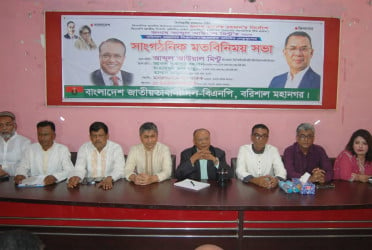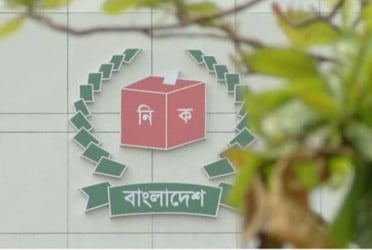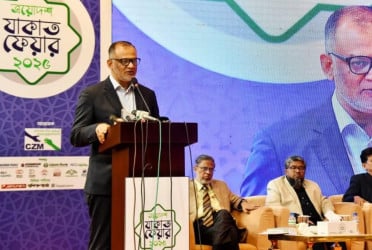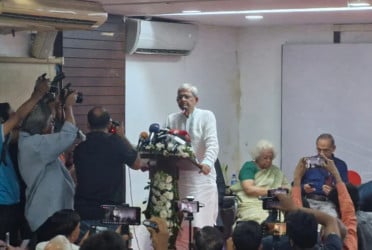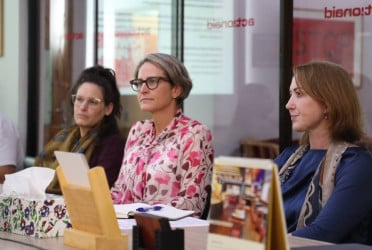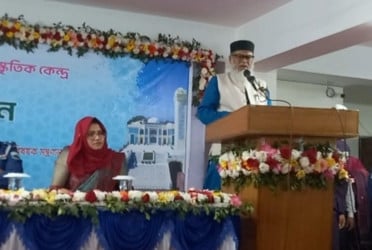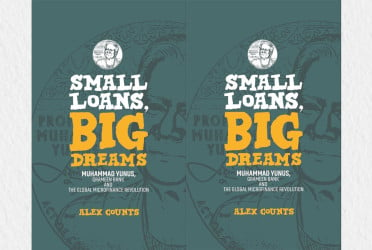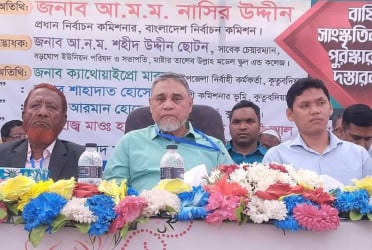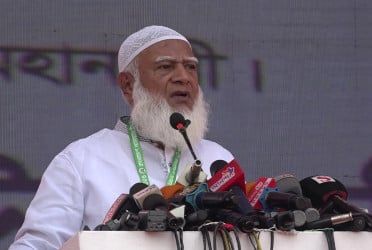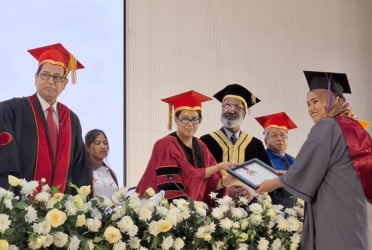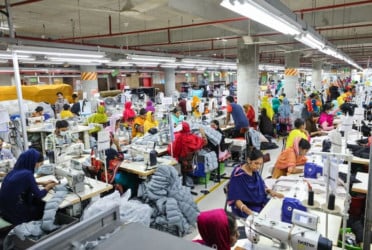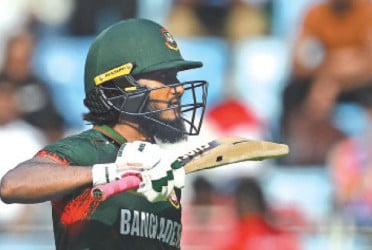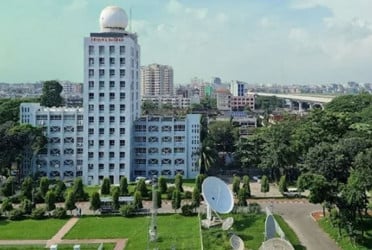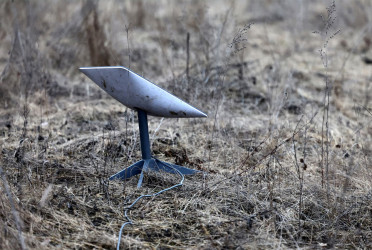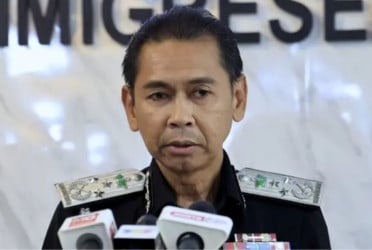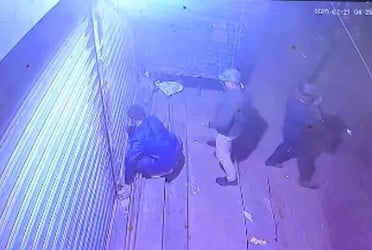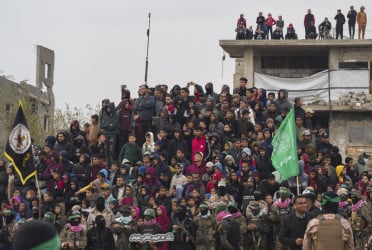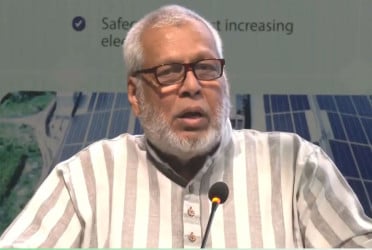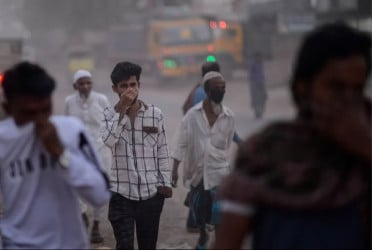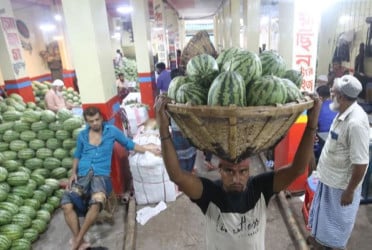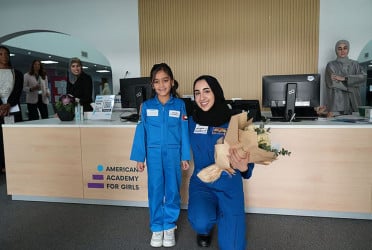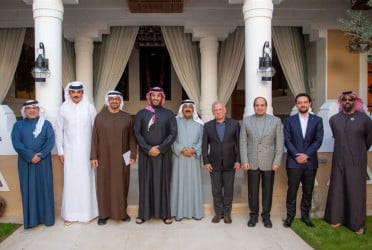Durga Puja is one of the biggest annual Hindu festivals. The festival of Durga Puja carries a special significance in Bangladesh, where Hindus make up about 8% of the 17 crore population, and the villages and towns across country fill with anticipation as the Puja approaches. It has become a cultural phenomenon with people from various backgrounds, including the Muslim majority, enjoying the dazzling spectacles, colourful processions and festivities.
Yet, for Bangladesh’s Hindu community, Durga Puja is much more than just a celebration– it’s a deeply spiritual festival that brings them together; a chance to strengthen communal bonds, reports BBC.
When the Puja approaches, the idol-makers across the country start working tirelessly, round the clock, to create the divine figures that will be the heart of this celebration and worshipped by millions, affirming their cultural and religious heritage in challenging times.
Dhaka’s Hindu heart
Following one of the countless narrow alleys of Old Dhaka's historic Shakhari Bazar, we reached the workshop of Balai Pal, the city's most sought-after idol sculptor. The bazaar's labyrinthine paths and unmarked doors can bewilder even the most determined explorer; finding this place, surrounded by the honking of rickshaws and the tantalising scent of biryani, is nearly impossible without guidance.
Embedded in brick buildings– some dating back 400 years– are small temples adorned with intricate deity idols. These temples remind us that this is the heart of the city’s 15 lack Hindu population. Shakhari Bazaar is considered Dhaka's epicenter for vibrant Hindu festivals, with Durga Puja being the largest and most important religious event for Bangladesh’s Hindu minority.
Dhaka’s top god-maker
Passing through a narrow passage and a small metal gate into a courtyard, I arrive at the Sri Sri Pran Ballabh Jeu Mandir workshop, which has remained almost unchanged for nearly 130 years. In these modest confines, underneath a makeshift tin roof, extraordinary artistry unfolds. A team of 16 men, led by Pal, tirelessly work around the clock in shifts to transform humble materials into divine figures. These idols will be worshipped by hundreds of thousands of the city’s Hindus during the five-day festival.
Crafting divinity
Stepping inside the workshop instantly takes you to another realm. The air pollution and honking horns vanish, replaced by cool shade, the rhythmic strokes of brushes and the earthy scent of hay and damp soil. Apart from the occasional quiet exchange between artisans, the atmosphere is so hushed you can almost hear their breathing.
Each craftsman is deeply absorbed, meticulously shaping divine figures with unwavering focus, their devotion evident in every sculpted detail. The workshop operates year-round, crafting idols of several gods for various Hindu festivals, including Kali Puja, Maha Shivaratri and Diwali.
However, Durga Puja is by far their busiest time of year, as the demand for idols of Goddess Durga and her children peaks during this celebration.
Durga Maa
I am wondered by the statues of Goddess Durga, lovingly called “Durga Maa”. The Durga Puja honours her descent to Earth and victory over the demon Mahishasura, symbolising the triumph of good over evil. It tells the story of how the goddess leaves her spiritual realm for five days every autumn to visit her mortal devotees, allowing them to be seen by her. During this time, her spirit is believed to inhabit the idols made in her image, serving as a bridge between the divine and her earthly worshipers, who seek her blessings for strength and protection. These intricately designed idols, crafted over several months, depict Durga wielding weapons and riding a lion or tiger. Devotees worship these idols in colourful pandals, temples and homes, offering prayers and gifts to the goddess's spirit within them.
Devotion in every detail
For these artisans of the heavenly structure, creating idols is a form of puja (worship), an act of devotion to the deities that they hope will win them favour. "It's the power of Durga that enables me to work so many hours and so hard," says Neelandri, one of the artisans there. "Durga Maa guides us and moves our limbs to create her image from earthly materials." The artisans believe their work is sacred and refrain from eating meat or drinking alcohol while making the Durga idols.
Chosen by the divine
Pal, one of the most esteemed idol artisans of Bangladesh, is the owner of this workshop. He proudly tells me it is the biggest of its kind in Dhaka– a claim confirmed by the locals I ask– and that his family have been chosen to the work in this workshop for three generations. Now 55, Pal started making idols alongside his father when he was just 10. “It was the lord that chose me for this role,” Pal tells me, as he masterfully draws an eye. “It’s a blessing for us to have been chosen to serve our [gods].”
A race against time
Artisans typically work around eight to nine hours a day, taking Fridays off, to perfect their creations. However, during Durga Puja, the busiest time of the year, they often extend their hours by four to five hours every day. They even eat and sleep in the workshop during the weeks leading up to the festival. Despite the physical exhaustion, the artisans tell me that the spirit of Durga fuels their dedication, motivating them to continue. They understand that the timely completion of the idols brings joy and devotion to worshippers. As the deadline approaches, the air buzzes with a mix of excitement and pressure, encapsulating the emotional weight of their craft.
Earthly materials, heavenly creations
Artisans employ centuries-old techniques to craft the idols, with the process beginning four to five weeks before Durga Puja. No moulds are used; instead, they construct frames from bamboo, wood, yarn and straw before applying thick layers of soil and clay by hand. After a white base is painted onto the idols, Pal meticulously paints intricate details, especially the eyes and face, while supervising other craftsmen. The entire process, taking hours of delicate brushwork ensures each piece epitomises the beauty of Goddess Durga.
Tradition meets trend
Pal says that long before his grandfather started working on the idols, they were a lot more minimalistic. However, over time, they have become increasingly complex and colourful. With the advent of social media, worshippers and idol-makers alike now take inspiration from contemporary styles and designs– particularly the latest trends sported by Bollywood actresses, which have made their way onto Durga’s outfits and jewellery.
For example, the cotton-and-silk Bangladeshi saris that traditionally adorned the idols were earthy in tone with minimal embellishments. In recent years, however, these have been largely replaced by synthetic fabrics that are vibrant in colour, use modern draping techniques and are heavily embellished for glamour.
Priests and profit
Pal's clients are mainly Puja committees– groups of about 50 community elders who manage temples and oversee religious events like Durga Puja and ensure that idol procurement reflects the community's artistic, religious and cultural values. Pal earns 800,000-900,000 taka during Durga Puja, making it his most profitable time of year. This is significantly higher than the average Bangladeshi salary over the year. Despite this, Pal insists that his motivation is devotion, not money.
The river takes her home
The final day of Durga Puja, Bijoya Dashami, signifies Goddess Durga's return to her celestial abode. Devotees form lively processions around Shakhari Bazaar, chanting, singing and dancing as they carry the idols to Dhaka’s Buriganga River. There, they gently immerse the idols in the water, bidding farewell as the holy figures slowly dissolve– a symbol of the goddess's departure to her husband, Lord Shiva. The atmosphere is a poignant mix of joy and sorrow, rejoicing the goddess's presence while feeling the emotional weight of her parting. With this ritual, the autumn Durga Puja concludes, and, as generations before them, Pal and his team can rest, knowing their devotion and craft have been enough for another year.
Bd-Pratidin English/ Afsar Munna

